Increased Focus on Sustainability
The Enterprise Asset Leasing Market is witnessing a growing emphasis on sustainability as businesses strive to meet environmental regulations and consumer expectations. Companies are increasingly looking for leasing options that allow them to utilize eco-friendly assets without the burden of ownership. This shift is reflected in the rising demand for electric vehicles and energy-efficient equipment, which are often available through leasing arrangements. As sustainability becomes a core component of corporate strategy, the Enterprise Asset Leasing Market is likely to expand, driven by the need for environmentally responsible asset management solutions.
Rising Demand for Cost Efficiency
The Enterprise Asset Leasing Market is experiencing a notable increase in demand for cost efficiency among businesses. Companies are increasingly recognizing the financial advantages of leasing assets rather than purchasing them outright. This trend is driven by the need to optimize cash flow and reduce capital expenditures. According to recent data, leasing can reduce upfront costs by up to 30%, allowing organizations to allocate resources more effectively. As businesses seek to enhance their operational efficiency, the Enterprise Asset Leasing Market is likely to see continued growth, with more firms opting for leasing solutions to manage their assets.
Shift Towards Flexible Financing Options
The Enterprise Asset Leasing Market is experiencing a shift towards flexible financing options as businesses seek to adapt to changing economic conditions. Companies are increasingly favoring leasing arrangements that offer customizable terms and conditions, allowing them to align their asset management strategies with their financial goals. This flexibility can be particularly advantageous in uncertain economic climates, where businesses may prefer to avoid long-term commitments. As the demand for adaptable financing solutions rises, the Enterprise Asset Leasing Market is likely to expand, providing organizations with the agility they need to thrive in a dynamic market environment.
Regulatory Compliance and Risk Management
Regulatory compliance and risk management are becoming increasingly critical in the Enterprise Asset Leasing Market. As governments implement stricter regulations regarding asset usage and environmental impact, businesses are compelled to adopt leasing solutions that ensure compliance. Leasing can provide a flexible approach to managing assets while adhering to regulatory requirements. Furthermore, leasing arrangements often include maintenance and support services, which can mitigate risks associated with asset ownership. This trend suggests that the Enterprise Asset Leasing Market will continue to grow as organizations seek to navigate the complexities of compliance and risk management.
Technological Advancements in Asset Management
Technological advancements are playing a pivotal role in shaping the Enterprise Asset Leasing Market. The integration of advanced technologies such as IoT, AI, and big data analytics is enhancing asset management capabilities. These technologies enable real-time monitoring and predictive maintenance, which can significantly reduce downtime and improve asset utilization. As organizations increasingly adopt these technologies, the demand for sophisticated leasing solutions is expected to rise. The Enterprise Asset Leasing Market is thus positioned to benefit from these innovations, as companies seek to leverage technology to optimize their asset management strategies.


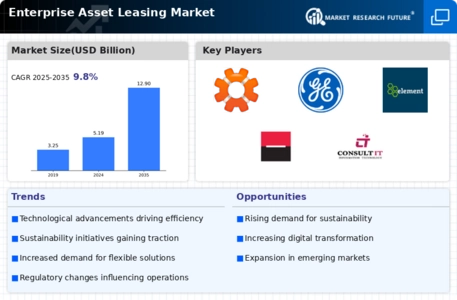
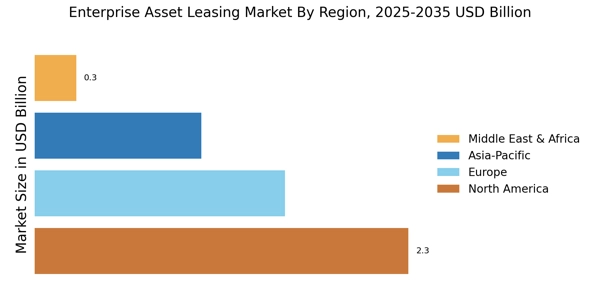
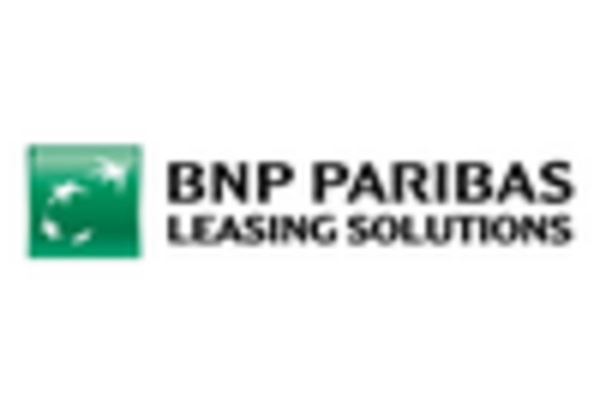
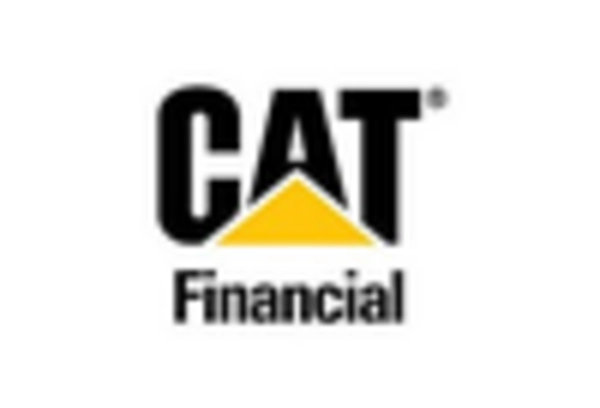

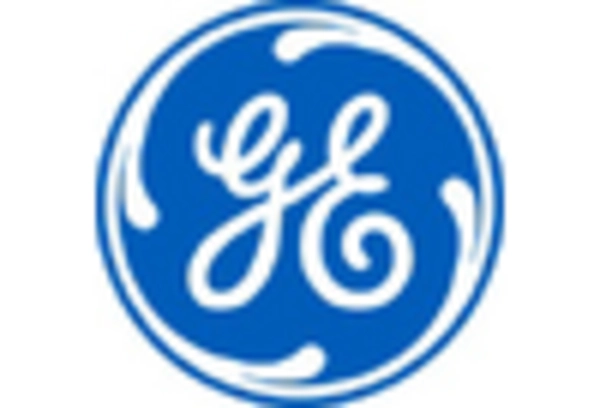
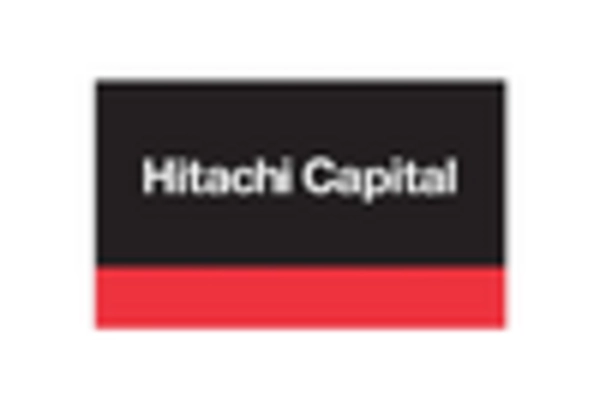
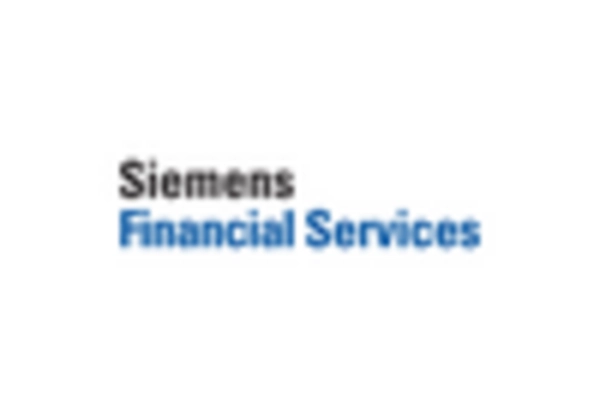








Leave a Comment